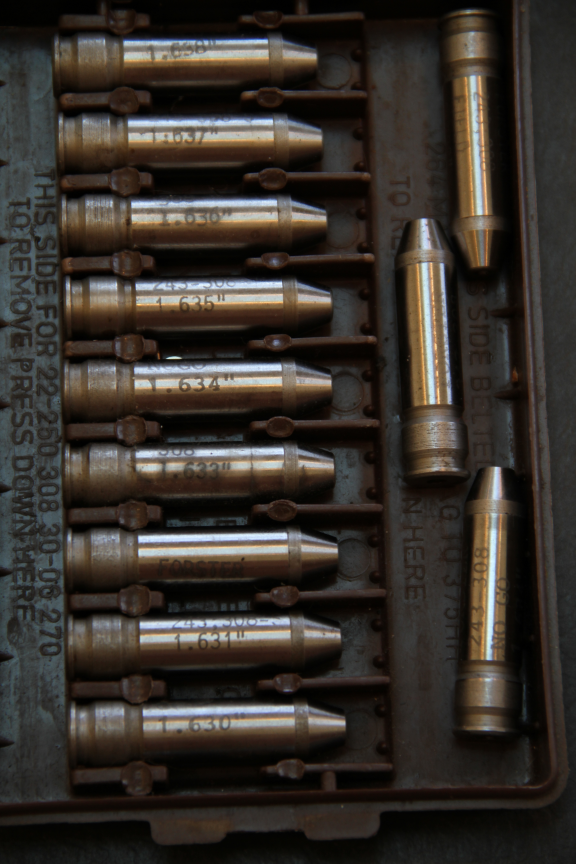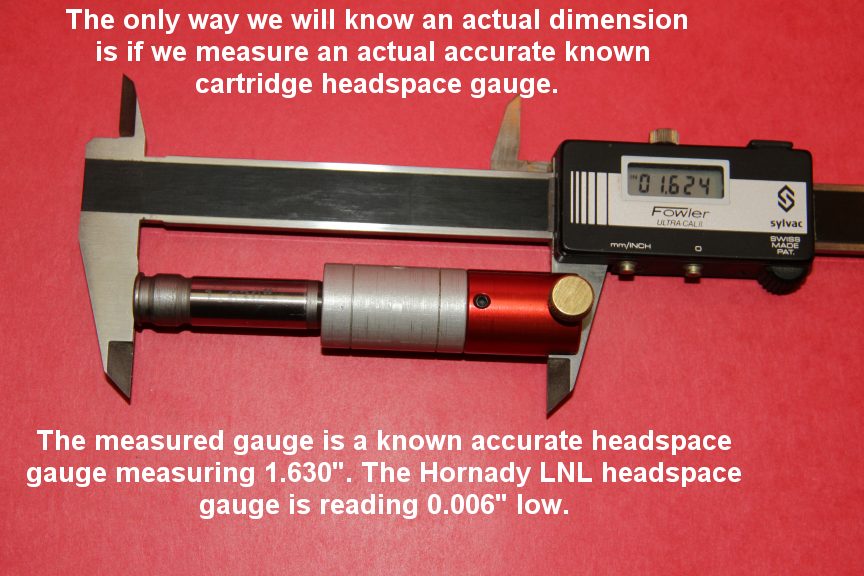Bytesniffer
New member
I bought another digital gauge
To verify my readings
My new hornady gauge
Read cartridge length
1 thousandth to 1.5 thousandths
Smaller then my ez calc I've
Had for 6 months.
Head space gauge with hormady caliper reads
Almost 5 thousandths smaller
Which ones right ?
To verify my readings
My new hornady gauge
Read cartridge length
1 thousandth to 1.5 thousandths
Smaller then my ez calc I've
Had for 6 months.
Head space gauge with hormady caliper reads
Almost 5 thousandths smaller
Which ones right ?
Last edited:



